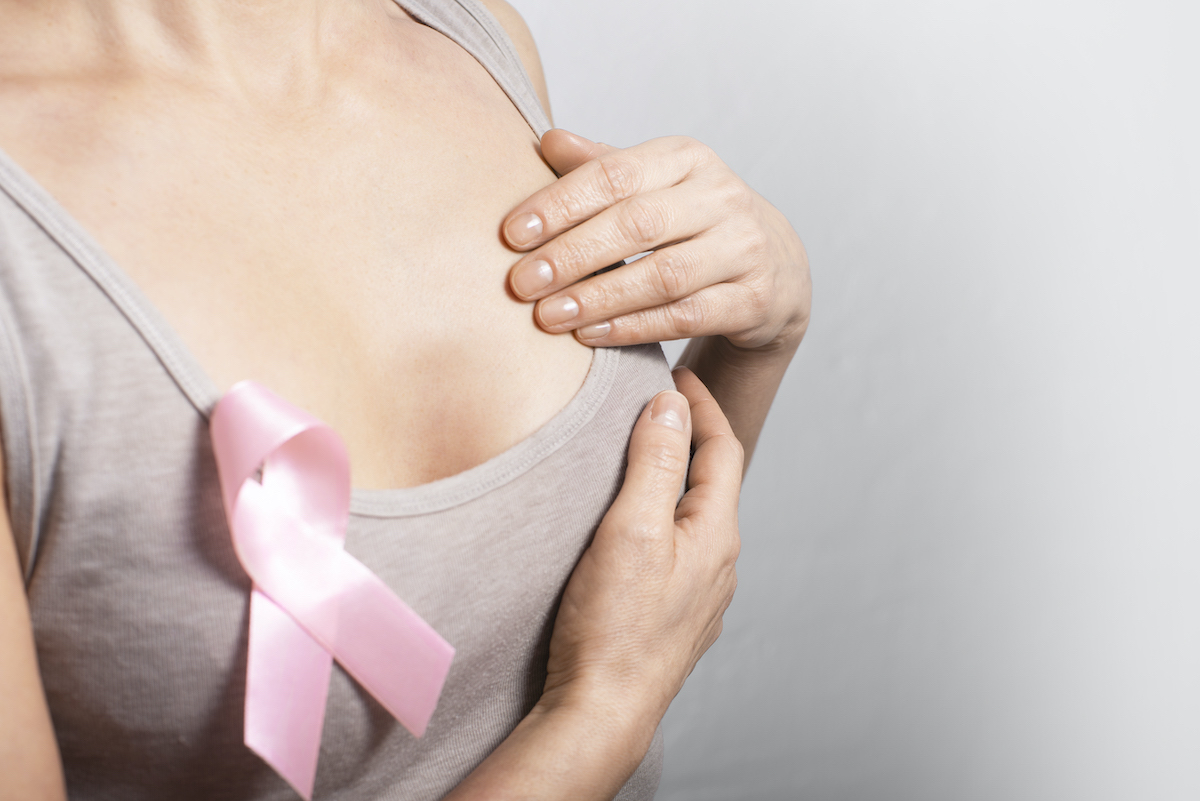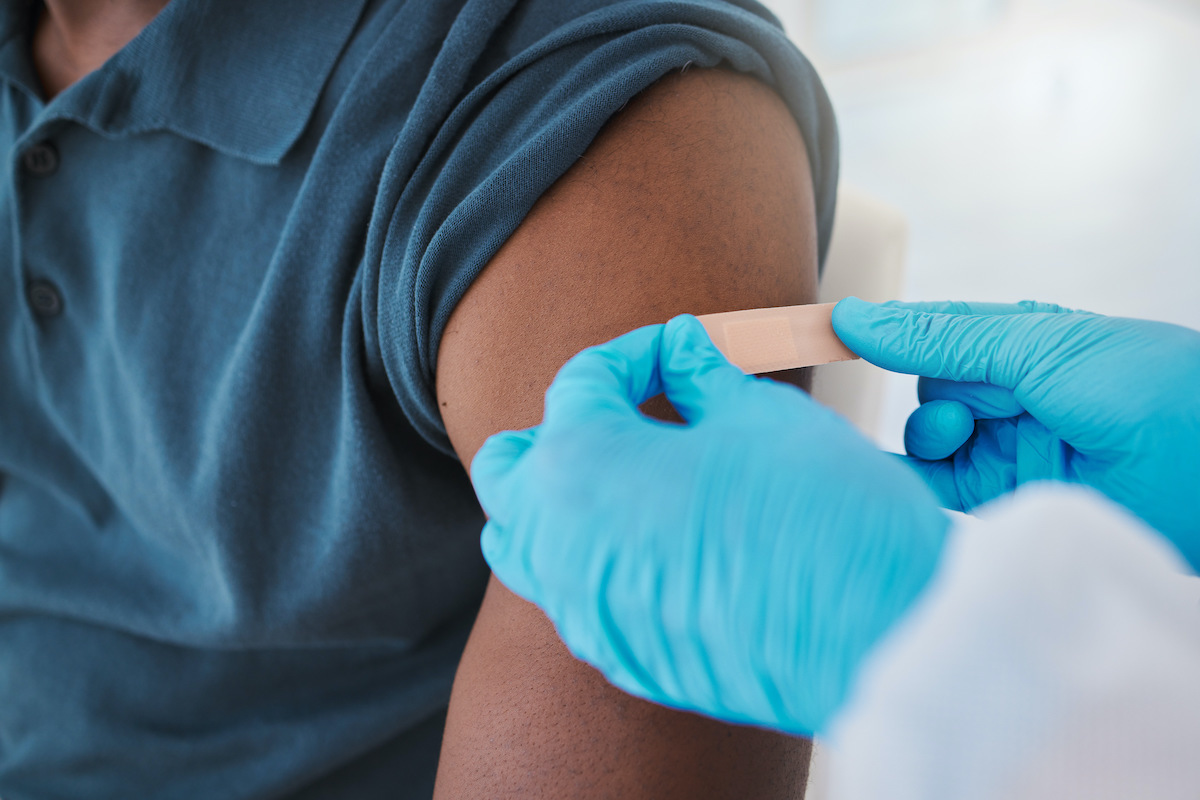Special to The Island News
Being familiar with your own body and knowing how to identify changes is one of the best ways to take charge of your health. This is especially true when it comes to your breasts.
One in eight women will develop breast cancer during their lifetime. The earlier it is caught, the better the prognosis.
“We have several ways to screen for breast cancer but yearly mammograms and clinical breast exams by a medical provider combined with monthly self-breast exams are standard. For some women additional screening tools such as ultrasound and/or breast MRI may be recommended,” says Dr. Tara Grahovac, a board-certified, fellowship-trained breast surgeon with the Beaufort Memorial Breast Care & Surgery Program. “No single test is perfect, but when you follow the screening recommendations given by your doctor regularly, you significantly increase the chance of early detection and an excellent outcome. Leaving out a screening could delay a diagnosis.”
While there is debate in the medical community about the effectiveness of breast self-exams, Dr. Grahovac has personally seen how important they are when done consistently.
“I can’t say how many times I’ve had patients come to me who noticed a change in their breasts, and we were able to detect the cancer early,” Dr. Grahovac says. “I encourage all my patients to do monthly breast self-exams, especially those who are at high risk for breast cancer.”
Watch for These Changes in Your Breasts
Look for the following changes while you complete your breast self-exam:
- Thick Area: A thickened area of skin or obvious lump can occur during menstruation or breastfeeding. However, lumps that don’t go away could be tumors growing near the surface of the skin.
- Dimple: Dimples that don’t go away could be a sign of a tumor deep in the breast. Tumors can pull the skin inward causing an indentation.
- Nipple Crust: Crust on the nipple is often harmless, but it may signify Paget’s disease. With this type of breast cancer, cancer cells live inside the nipple, creating a red or white scab-like crust that doesn’t go away. The area may also be sore.
- Redness or Heat: These can be signs of an infection, such as mastitis (in breastfeeding women), or a skin condition called eczema. However, if medical treatments don’t help after a week, red or hot areas could be a sign of inflammatory breast cancer.
- Unexpected Fluid: Nipple discharge that occurs in the absence of developing breasts, infection, cysts, pregnancy or breastfeeding should be checked out by your doctor.
- Skin Sores: Breast cancer can break down the skin and form a wound. If a sore is infected, it may smell or ooze.
- Bump or Hard Lump: A lump or bump that feels like a soft pea or soft bean is normal. A hard or immovable bump that feels like a lemon seed may be cancerous.
- Sunken Nipple: Any new nipple changes, such as the nipple flattening or turning inward, could be signs of a breast cancer tumor.
- Growing Vein: Most new blood vessels or veins are connected to weight gain or breastfeeding. However, although uncommon, a pronounced vein near the surface of the skin can also be a sign of breast cancer.
- New Shape or Size: If one breast unexpectedly changes size, flattens, swells, or droops, this could be a sign of breast cancer.
- Orange Peel Skin: Sometimes when a breast swells, it causes hair follicles to look like dimples — similar to the surface of an orange peel. Breast swelling can indicate inflammatory breast cancer.
Breast Self-Examination Steps
Standing in front of a mirror:
- Face the mirror with arms by your sides and inspect your breasts.
- Start in the middle of the breast. Press each breast gently with your fingertips in a circular pattern that extends over the breast. Feel for any lumps, thickened skin or changes that seem unusual.
- Raise your arms and repeat the exam, looking for anything abnormal that appears with the change in position.
Lying down:
- Place a pillow behind your right shoulder and put your right arm behind your head.
- Using your left hand, gently move your fingertips over your right breast in a circular pattern until covering the entire breast area and armpit. Check for any abnormalities in the breast.
- Squeeze the nipple to look for discharge or a lump.
- Repeat on the other side.
“Most breast have some lumpiness that is completely normal,” Dr. Grahovac said. “But what a woman should look for is any change from the previous month. Your physician should evaluate any breast changes that are noticeably different.”









